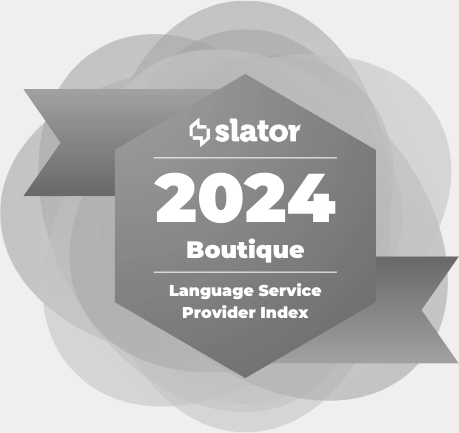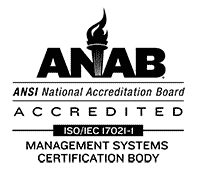ISO Standards for Localization and Translation
Sue Ellen Wright, a Professor of German and a member of the Kent State University Institute for Applied Linguistic and Jiri Stejskal, CEO of CETRA Language Solutions, co-authored this article on ISO Standsards for Localization and Translation for the GALAxy Newsletter.
Localization today involves ever-widening circles of contributors and stakeholders – from the originators of source materials to project managers, language engineers, translators, reviewers, editors, layout specialists and more, working in two to forty languages and beyond. As the language industry has grown, experts have found themselves confronted with the same kinds of problems encountered by early railroad builders or fire departments. Even if it looks a lot like we are all doing the same thing with a given procedure (more or less), if rail gauge or hose connections are incompatible, collaboration between potential partners proves difficult or impossible.
Industry-based efforts like those of the now defunct Localization Industry Standards Association (LISA) paved the way by introducing the Translation Memory eXchange (TMX) standard, which lives on after its parent’s demise as one of the most widely applied standards in the language enterprise. OASIS standards such as XLIFF (XML Localisation Interchange File Format) also exemplify the validity of standards that have evolved bottom-up out of hands-on industrial environments. Nevertheless, as we have seen with standards like Unicode and SGML, there are advantages to migrating viable standards into the ISO (International Organization for Standardization) environment as standards mature and gain widespread acceptance.
ISO Technical Committee 37 for Terminology and Other Language and Content Resources writes standards for all manner of language-related resources, including terminology management, corpus linguistics, translation and interpreting, along with basic language-related computing issues, such as language codes. In the US, TC 37 activities are housed in the so-called “US Mirror Group,” which functions under the ASTM Committee F43 on Language Services and Products.
The ISO committee’s scope or mission statement calls for the standardization of principles, methods and applications relating to terminology and other language and content resources in the contexts of multilingual communication and cultural diversity. As a consequence, ISO TC 37 is the logical home for standards in the language industry.
Stakeholders in TC 37 standards include standardizers who must define terminology in their work, professional terminologists operating term banks and large corporate resources, and academics creating text corpora. But less obviously, they also serve the needs of Semantic Web developers and most recently, of translation and localization services providers. Most importantly, but perhaps least obviously, the language industry uses some TC 37 standards all the time without even realizing it – TC 37 “owns” the language codes (ISO 639), for instance.
To read more about the current ISO standards click here.





